As someone who’s new to Polkadot I must admit I don’t know a lot about it. So I decided to do a little research about DOT and it’s parachain auction. Granted, this isn’t the most in depth post on the matter, i hope this will help give an explanation of what the Parachain auctions are and create some more DOT shills to shitpost like me. This is broken up into 3 sections, so bear with me.
What is Polkadot:
Polkadot is a network protocol that allows arbitrary data, not just tokens, to be transferred across blockchains. This means Polkadot is a true multi-chain application environment where things like cross-chain registries and cross-chain computation are possible. Polkadot can transfer this data across public, open, permissionless blockchains as well as private, permissioned blockchains. This makes it possible to build applications that get permissioned data from a private blockchain and use it on a public blockchain. For instance, a school's private, permissioned academic records chain could send a proof to a degree-verification smart contract on a public chain.
Polkadot was founded by the Web3 Foundation ,a Swiss Foundation. Its founders are Dr. Gavin Wood ,Robert Habermeier and Peter Czaban.
Circulating Supply-987M
Total Supply-1.1B
No Max Supply
Issue Date-August 2020
Proof-Of-Stake ????
What are Parachain Auctions:
First, let’s get certain nomenclature established. The example following will be from Kusamas parachain auction.
-As you know, blockchain technology is a decentralized distributed ledger that records the provenance of a digital asset. This data is unable to be modified.
-Parachains are individual layer-1 blockchains that run in parallel on Polkadot, connected to the Polkadot Relay Chain and secured by its validator set. Any type of data or assets can be sent between Parachains. Parachains connect to the Relay Chain by leasing a parachain slot via auctions, by being granted a slot by Polkadot governance as a common good chain (Parachain slots reserved for functionality that benefits the ecosystem as a whole. Such as Statemint) Statemint or by connecting as a parathread (An idea for parachains to temporarily participate in Polkadot security without needing to lease a dedicated parachain slot by economically sharing the resource of a parachain slot.) Parachains can also connect to external networks such as Bitcoin and Ethereum using cross-network bridges.
Candle auctions are a variant of open auctions where bidders submit bids that are increasingly higher and the highest bidder at the conclusion of the auction is considered the winner. When candle auctions are used online, they require a random number to decide the moment of termination. Parachain slot auctions differ slightly from a normal candle auction in that it does not use the random number to decide the duration of its opening phase. Instead, it has a known open phase and will be retroactively determined (at the normal close) to have ended at some point in the past during the ending phase. So during the open phase, bids will continue to be accepted, but later bids have higher probability of losing since the retroactively determined close moment may be found to have preceded the time that a bid was submitted.
-BABE (Blind Assignment for Blockchain Extension) is the block production mechanism that runs between the validator nodes and determines the authors of new blocks. BABE assigns block production slots to validators according to stake and using the Polkadot randomness cycle. Validators in Polkadot will participate in a lottery in every slot that will tell them whether or not they are the block producer candidate for that slot. Because of this randomness mechanism, multiple validators could be candidates for the same slot. Other times, a slot could be empty, resulting in inconsistent block time.
-To become a parachain on Polkadot a project has to win a Slot Auction, with the max duration they can lease on it being 2 years. A full slot is divided into 8 lease periods making the minimum that a project can lease 3 months. A parachain slot is a scarce resource on Polkadot and only a limited number will be available. The goal is to eventually have 100 parachain slots available on Polkadot, split between parachains and the parathread pool. The parachain slots will be sold according to an unpermissioned Candle Auction.
The Auction: Kusama and Polkadot use Candle Auctions for open blockchain implementation. Once the auction starts, project teams will place their bids. At a block number the candle auction starts and continues for a fixed duration. The projects can keep updating their bids with the auction winning block randomly picked from the candle auction phase. Whichever team has the highest bid is declared the winner.
“The following example will showcase the randomness mechanics of the candle auction for the ninth auction on Kusama. Keep in mind that the candle phase has a uniform termination profile and has an equal probability of ending at any given block, and the termination block cannot be predicted before or during the auction.”
Auction 9 starts at
block 9362014.The auction has a full duration equal to block9362014+72000. Here,block 72000is the "ending period", which is divided into 3600 samples of 20 blocks. Figuratively, the candle is lit, and the candle phase lasts for 72,000 blocks.The winning sample during the ending period turned out to have the index
1078.Sample 1078 refers to the winner as ofblock 9362014+21560, which equalsblock 9383574.The parent block was a new BABE session in the 'Logs', which updated the randomness that was used to select that sample index. You'd be able to inspect the state at the end of
block 9434277and see the sample indices with an archive node. The digest in the 'Logs' of9434277is decodable and contains the random value as well as the BABE authorities.
“As a result, the winner of this auction did not turn out to be the highest bid during the full duration.”
What you can do:
Crowdloan-A mechanism for potential parachains to temporarily source tokens to win an auction for a parachain slot. Tokens gathered in this way are programmatically returned to the lender after the lease period is over or the crowdloan period ends.
Using Kusama as an example, most parachains ran a crowdloan before the auctions began and would likely do the same on Polkadot. Supporting a crowdloaning campaign is a good way to support Parachains, since they tend to reward supporters of their crowdloans with their native token. You yourself would loan DOT to whatever parachain or multiple parachains to support them in their auction. You would be rewarded with their native token. After 2 years, the original DOT you lent out will be returned. The only thing you would be giving up are the staking rewards you would have received in DOT had you been staking DOT.
You can participate through:
-The teams website
-An exchange (Kraken, Binance, KuCoin)
-A wallet (Polkawallet, Fearless)
You can also read up on the Parachain projects, such as Acala, Phala, Moonbeam, and Astar.
Sources:
[link] [comments]

You can get bonuses upto $100 FREE BONUS when you:
💰 Install these recommended apps:
💲 SocialGood - 100% Crypto Back on Everyday Shopping
💲 xPortal - The DeFi For The Next Billion
💲 CryptoTab Browser - Lightweight, fast, and ready to mine!
💰 Register on these recommended exchanges:
🟡 Binance🟡 Bitfinex🟡 Bitmart🟡 Bittrex🟡 Bitget
🟡 CoinEx🟡 Crypto.com🟡 Gate.io🟡 Huobi🟡 Kucoin.







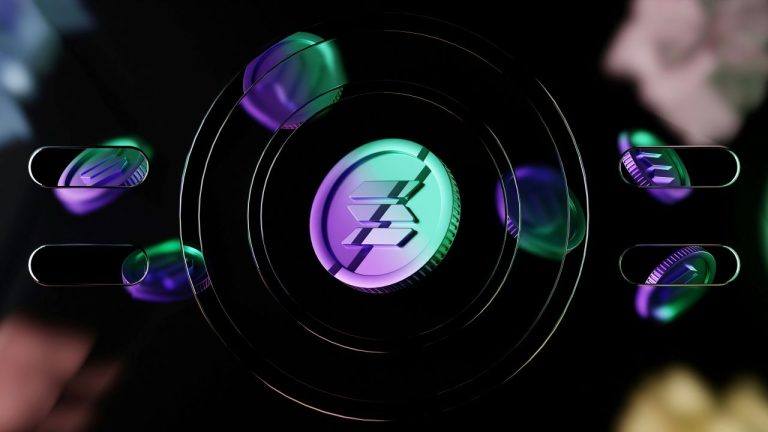



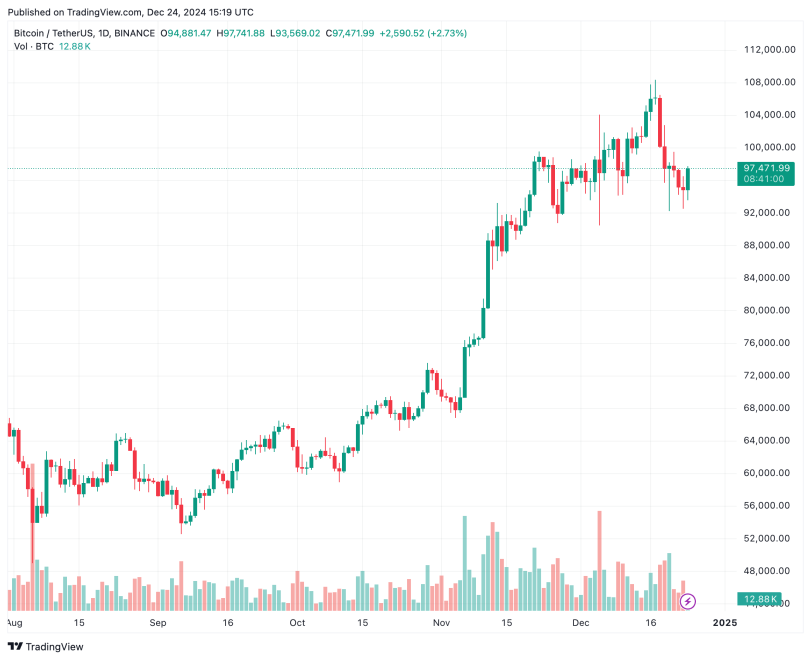
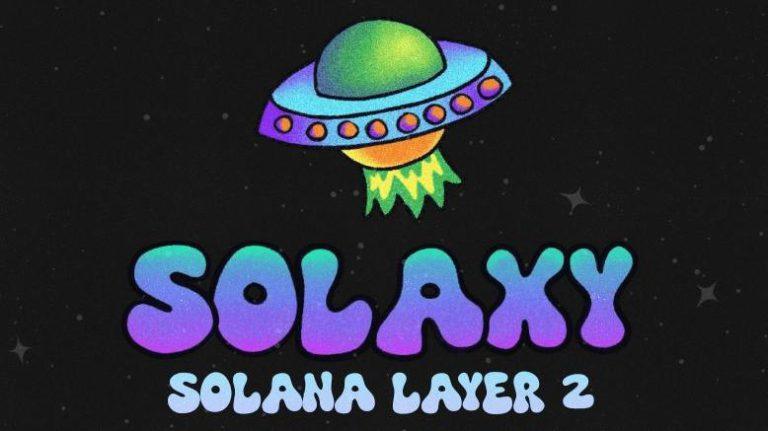
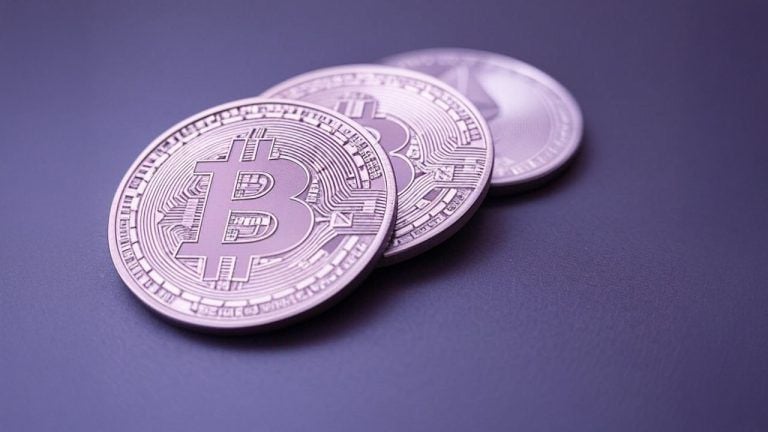

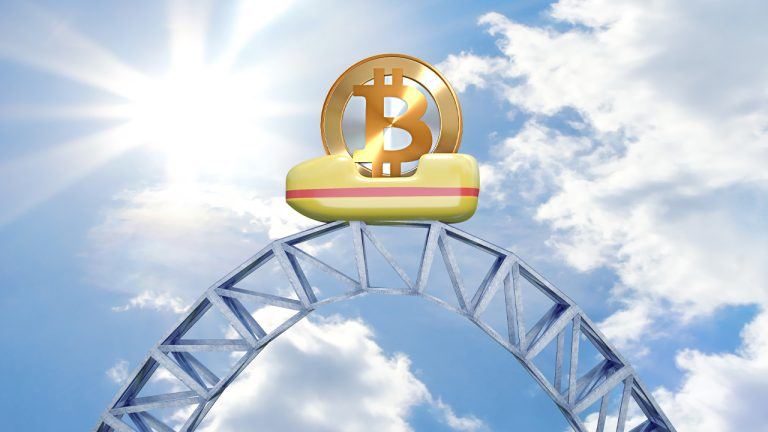
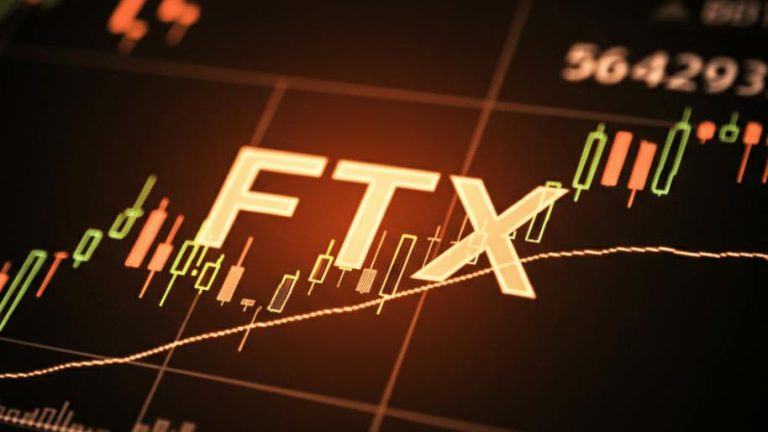

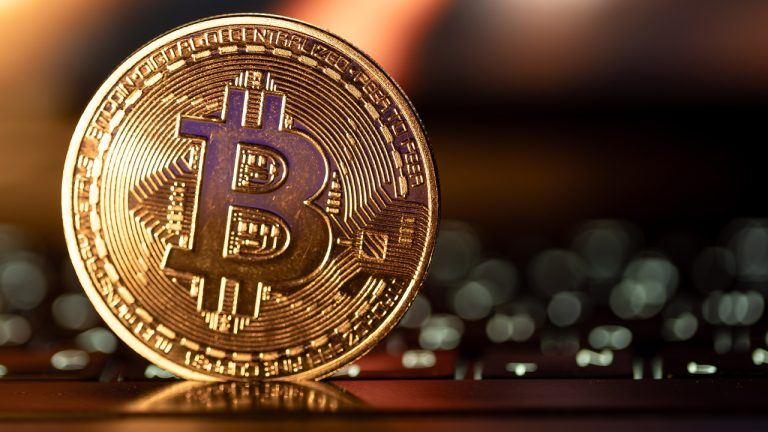

Comments